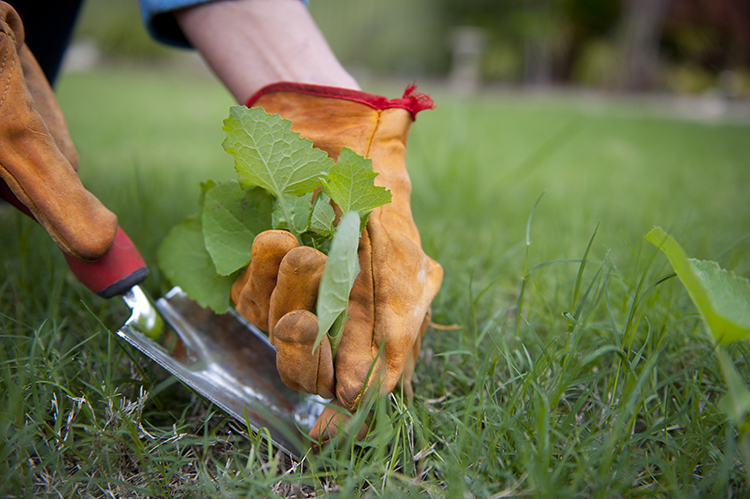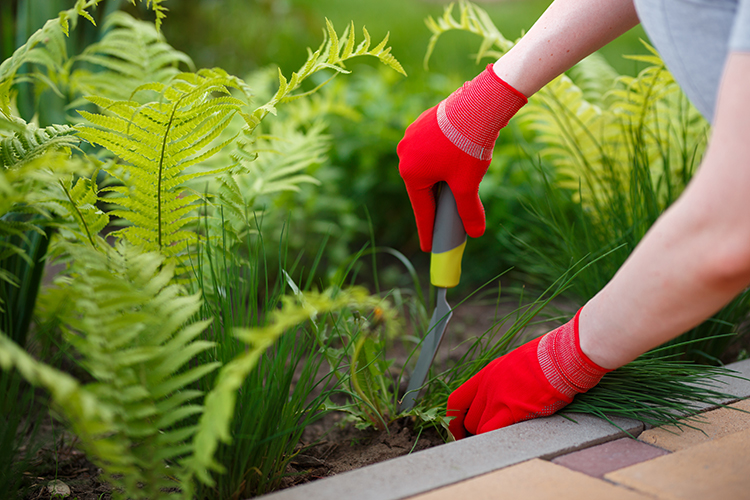Where weeds come from
There are several classifications and definitions of weeds. However, in the very simplest terms, a weed is an unwanted plant in your lawn or garden.
No plant that’s perceived as a weed today has always been a weed. Once upon a time, they lived in a benign location and had no notable negative impact on their surroundings.
The turning point – when a plant becomes a weed – is when it invades a space where it is not desired and/or has an undesirable impact on people, animals, or other vegetation.
So, if they weren’t there to start with, how did those weeds get into your yard? They were carried there – transported by vehicle, animal, or on the wind.
And many seeds don’t need a whole lot of TLC to germinate. As long as they have oxygen and water, and a bit of sunlight, they will grow. So, the big question:

How to control weeds
Let’s face it – weed avoidance is not a thing. However, there are strategies that will help you tame the beast and minimize the negative impact of weeds.
- Cut off their food supply
As mentioned above, weeds need water, oxygen, and sunlight. So water only desired plants and plant closely together. Weeds don’t tend to grow as prolifically under other plants. The less exposed area you have in your gardens, the fewer weeds you will have to pull. - Don’t disturb the soil.
When adding new plants or removing weeds from your lawn and garden, closely target the soil or weed in question. Weed seeds are generally present throughout your soil, so turning the soil brings new seeds closer to the surface, giving them the opportunity to germinate. - Mulch is your friend.
Keep exposed soil covered with a thick (about 4 inches) layer of good quality mulch. This deprives weed seeds of sunlight, helping to keep them at bay. Some prefer crushed stone or river rock. These work as well. Just be sure to add a base layer of landscaping fabric over the surface before adding the rock. Keep in mind though that new seeds that are deposited from animals or the wind will germinate, so see the next tip. - Weed early and often.
The sooner you pluck weeds out, the easier removal will be and the less damage they will do. If you give weeds a chance to take root, they’ll develop stronger, deeper roots systems at one end and seed heads (which will distribute more seeds) at the other. The best time to weed is after a good rain, when the ground is soft and roots will release more easily.
Weeds in your lawn and garden are the bane of any homeowner’s existence. But, armed with the information above, you’ll have a better understanding of where they’re coming from and how to control them.
Ready, set, weed!

